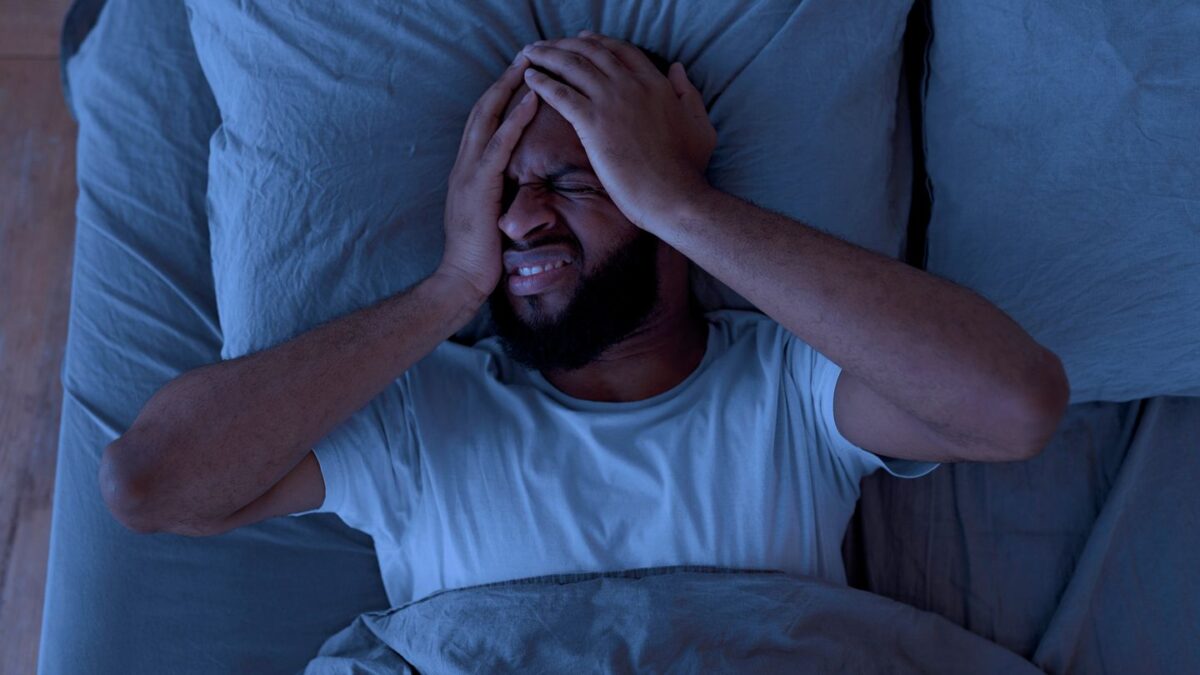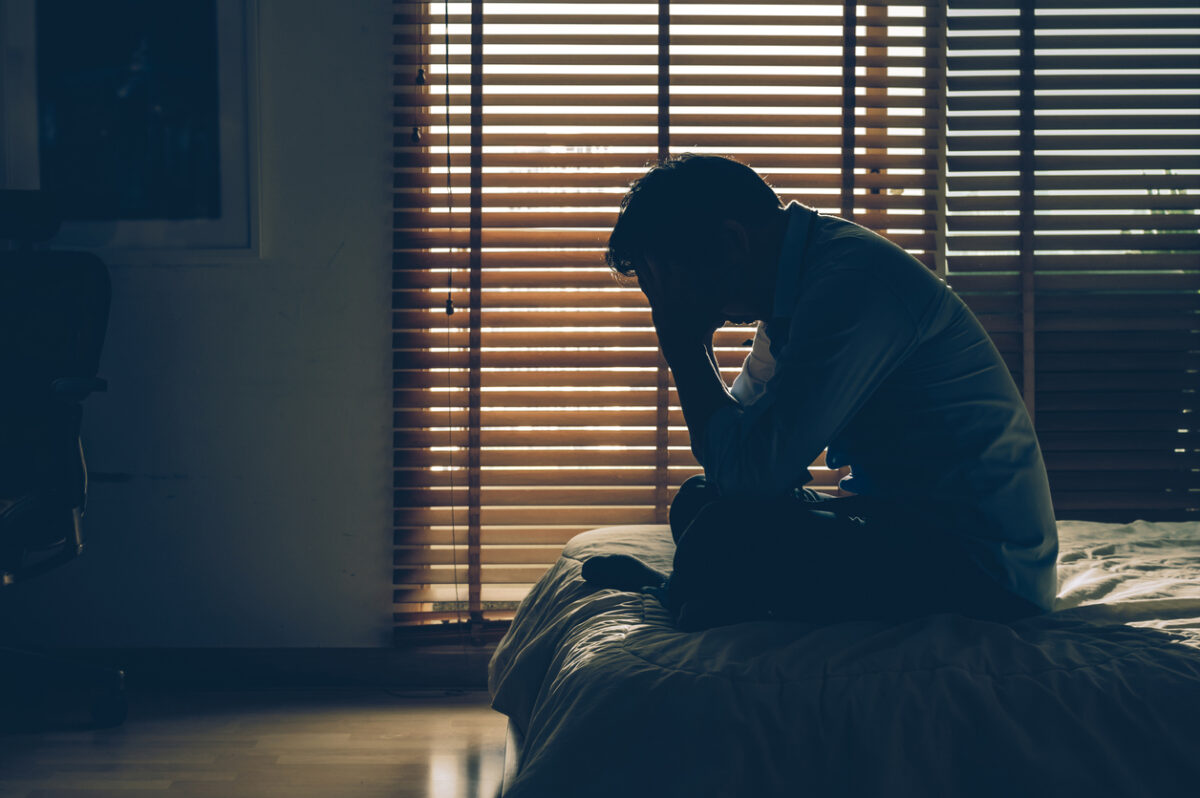Earlier this month, Sydney hosted the eighth annual Migraine World Summit, which aimed to share new research and treatments for one of the world’s most misunderstood and misdiagnosed diseases. Here at DMARGE, we sat down with founder and Sydneysider Carl Cincinnato to discuss a condition that could be a silent killer and mental health catalyst for Aussie men.
We all have an understanding of what migraines are, regardless of how sketchy that understanding may be: it’s a headache, a special kind of headache that usually comes with some photosensitivity or nausea, that ends with the victim lying down in a dark room, left to wait it out with gritted teeth.
Let me ask you this: when you hear the word ‘migraine’, are you more likely to associate it with men or with women? You may have an almost Victorian association with the word, imagining an upper-class woman who complains incessantly or her ‘nerves’ and her ‘headaches’ for lack of much else to do.
Not only is such an image deeply discriminatory, trivialising the three-and-a-half-million Australian women who suffer from migraines, but the association also serves to sideline the millions of Aussie blokes who suffer with them too.
What’s worse is that because of this stigma that associates women with migraines far more readily than it does men, is that men have an incredibly high risk of misdiagnosis when it comes to migraines. This can lead to a plethora of health issues – both physical and mental – down the line.

Carl Cincinnato is a producer and co-host of the Migraine World Summit who has suffered from migraines his whole life. First experiencing them at the age of seven, Carl’s experience came to a head when he was suffering up to six attacks a week, putting his job, his relationships, and his mental health at risk.
What’s actually a migraine?
Before we delved into the pitfalls of migraine misdiagnosis and mismanagement, I asked Carl that clarify exactly what qualifies as a migraine, for the uninitiated:
“GPs have a screening tool… They ask the patient three basic questions: have you had a headache that’s interrupted your work or social obligations? If yes, have they been accompanied by any nausea or vomiting? And what about light sensitivity?”
“If the patient answers ‘yes’ to two of the three, it’s probably a migraine. If they answer ‘yes’ to all three, there’s a greater than 90% chance it’s a migraine.”
Carl Cincinnato
I also asked Carl to define what qualifies as chronic migraine. This is where the murky waters began…
“It’s an arbitrary threshold.” Carl explains that currently, the definition is “fifteen days or more of migraine per month; if you’re spending more time with migraine than not, it’s chronic”.
But this looks like it may change, deemed to be far too high a threshold for a condition that is “as individual as your fingerprint”, according to Carl. Talking further, it seems that this isn’t the only thing in the world of migraine management that needs to change.

The sinus headache snafu
“Migraine has a high level of stigma,” as alluded to above, and that leads to men “not associating migraine with their gender group,” Carl says. This leads to scarily high rates of misdiagnosis, the most infamous of which is the ‘sinus headache’.
When men visit the doctor and report headaches along with pain in the face or cheeks, they’re often diagnosed with sinus headaches. What’s the problem with that? Sinus headaches do not exist.
“There are two hundred types of headaches according to the international classification of headache disorders; sinus headache is not one of them”, says Carl. “These patients either have a sinus infection, like sinusitis, or they have a migraine”. Recent studies suggest that for a whopping nine out of ten of these patients, it’s a migraine.
The problem with misdiagnosis is that leads to mistreatment, which leads to people suffering from migraines for far longer – and with far greater intensity – than necessary. This can lead to a whole host of other problems.
Migraines and mental health
One of these problems is a hugely increased risk of mental health issues. In a particularly chilling line, Carl said, speaking from personal experience, that:
“A migraine can’t kill you, but it can take away everything worth living for.”
Carl Cincinnato

After reading such a damning condemnation, you might not be surprised to hear that people living with migraine are four-to-six times more likely to experience depression or anxiety. As we’ve reported here at DMARGE many times before, Aussie men are significantly less likely to seek help for these kinds of mental health issues than women and, as a result, are three times more likely to die by suicide.
The risks aren’t just psychological, though. Misdiagnosis also puts men at increased risk of cardiovascular events. One Harvard University study reports that men who suffer from migraines are 42% more likely to suffer a heart attack in their lifetime, and 50% more likely to exhibit the highest indicators of heart disease, one of Australia’s biggest killers.
If the migraine is correctly diagnosed, these knock-on conditions can be preempted and treated ahead of time. If you’re labouring under the misapprehension that you’ve got a ‘sinus headache’, filling up on paracetamol and Gatorade to ease the pain, you could be sleepwalking into something much more dangerous.
So if you’ll pard the pun, it’s time to knock the stigma around migraines on the head. If you think you’re suffering from one, don’t be afraid to visit the doctor, and don’t be afraid to tell him where to go if he pulls a ‘sinus headache’ out the hat…
You can find talks and material from the World Migraine Summit online here.
